SOURCE: IDRW.ORG


With the successful launch of the S4 (Star) SSBN*, India’s strategic focus is now shifting towards the development of the S5-class SSBNs, a significantly larger and more advanced nuclear-powered submarine. This next-generation class will nearly double the submerged displacement of the current SSBN fleet, marking a major leap in India’s nuclear deterrence capabilities.
The S5 SSBN, at an estimated submerged displacement of 13,000 tons, will be twice as large as its predecessors in the Arihant-class and S4-class series, which are crucial elements of India’s nuclear triad. These new submarines will feature advanced nuclear propulsion systems, enhanced stealth capabilities, and a larger payload of submarine-launched ballistic missiles (SLBMs), further solidifying India’s second-strike capability.
Continue readingSOURCE: IDRW.ORG
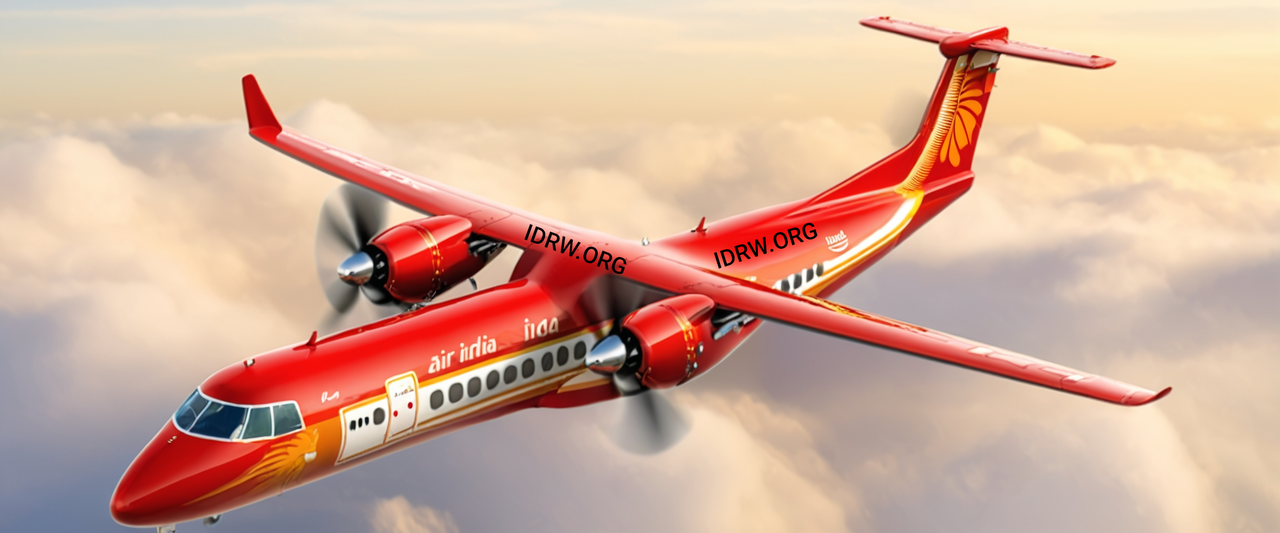

Civil Aviation Minister K Rammohan Naidu is preparing to present a significant proposal to the Finance Ministry, outlining plans for the development of India’s ambitious Regional Transport Aircraft (RTA) project. The RTA, a 90-seat turboprop aircraft, aims to boost domestic aviation manufacturing capabilities and reduce dependence on foreign aircraft manufacturers. The project is backed by Hindustan Aeronautics Ltd (HAL) and the National Aerospace Laboratories (NAL), with growing interest from India’s private aerospace sector.
The RTA project has garnered strong support from both HAL and NAL, India’s premier aerospace organizations. NAL has sought approximately $2 billion in development costs to kickstart the program, which includes the development of pre-production aircraft to be used for extensive flight testing. These aircraft will play a crucial role in certifying the new platform before commercial production begins.
Continue readingSOURCE: RAUNAK KUNDE / NEWS BEAT / IDRW.ORG


Veteran defence journalist Sandeep Unnithan has reported that Russia has once again extended an offer to India for its heavy bomber aircraft, the Tu-22M3 and Tu-160 “White Swan.” The Soviet-designed Tu-22M3 was previously proposed for the Indian Navy nearly two decades ago. However, high leasing costs and modernization expenses kept the deal from finalizing. Now, with the potential addition of the Tu-160M, a modernized, highly capable strategic bomber, Russia seeks to provide India with aircraft that could enhance its long-range strike capabilities.
Russia’s renewed offer includes the Tu-160M, a modernized version of the iconic Tu-160 “White Swan.” Unlike the Tu-22M3, the Tu-160M is still in production under a 2018 contract that calls for 10 units to be delivered to the Russian Air Force by 2027. These upgraded models come with extensive avionics and navigation enhancements, and Tupolev, the manufacturer, claims the modernized Tu-160M is 60% more effective than its predecessor. Each Tu-160M, priced at around $163 million, is equipped to carry up to 12 long-range cruise missiles or short-range nuclear missiles, giving it significant reach and flexibility.
Continue readingSOURCE: RAUNAK KUNDE / NEWS BEAT / IDRW.ORG


In a significant boost to its aerial capabilities, the Indian Air Force (IAF) has ordered additional Astra Mk1 air-to-air missiles, which will be integrated into the upcoming Tejas Mk1A squadrons set to be formed later this year. This development highlights the IAF’s commitment to enhancing its operational readiness, particularly in strategically sensitive areas.
The new Tejas Mk1A squadrons will be stationed at Nal Air Base, located in Bikaner, Rajasthan—a mere 200 kilometres from the Pakistan border. This strategic placement underscores the importance of having advanced weaponry and technologies in the region, particularly in light of the geopolitical dynamics in South Asia.
Continue readingSOURCE: RAUNAK KUNDE / NEWS BEAT / IDRW.ORG
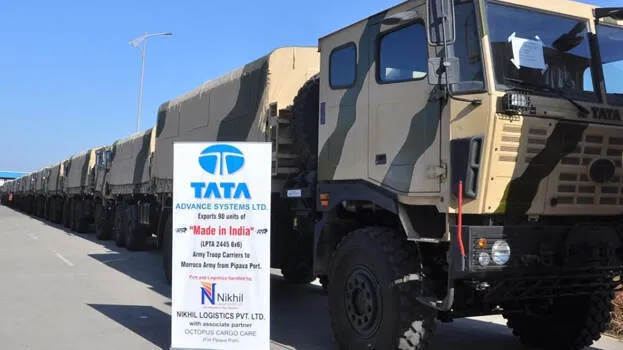

The Royal Moroccan Army, which received 92 Tata 6×6 LPTA 2445 trucks last year from India’s Tata Group, is planning to procure additional batches to further modernize its military logistics fleet. The trucks, originally exported for transporting and handling ammunition, have proven their value in the Moroccan military, especially following their outstanding performance during the Al Hoceima earthquake relief operations. This positive feedback has placed Tata as the front-runner for securing larger orders from Morocco.
The LPTA 2445 truck is a 6×6 military vehicle built on the Tata 1623 platform, drawing on technology from the Czech Tatra 815, which Tata Advanced Systems began producing under license in 2010. The truck has gained a strong reputation for its durability and reliability in tough terrains, which has made it a popular choice for military use in India and now Morocco. Its robust design and adaptability for various tasks, including transporting ammunition and other military supplies, have contributed to the truck’s increasing popularity.
Continue readingSOURCE: IDRW.ORG
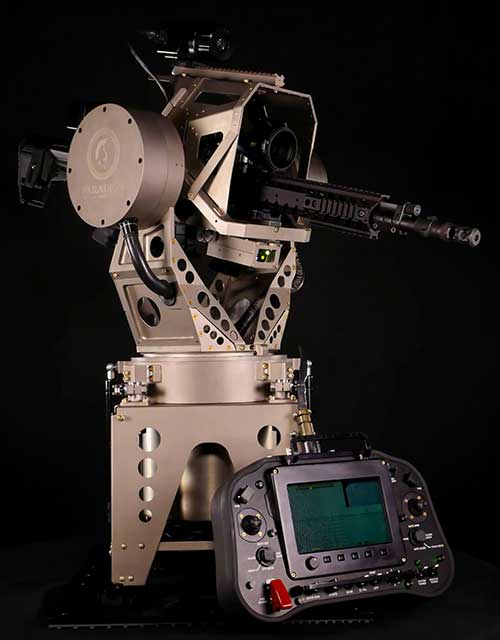

Advanced Weapons and Equipment India Limited (AWEL), an Indian defense public sector undertaking, is calling on private sector companies to collaborate in the development of an autonomous or remote-controlled robot mounted with a sniper rifle. This innovative project aims to create a robotic system that will provide the Indian Armed Forces with advanced capabilities in combat scenarios, especially in challenging terrains, without risking the lives of soldiers.
With the increasing complexity of modern warfare, especially in rugged and hostile environments, there is a growing need for technological solutions that can provide operational advantages while minimizing risks to human soldiers. The development of autonomous robotic systems offers the military an effective tool to perform critical tasks, such as reconnaissance, precision targeting, and long-range sniping, in areas that would be too dangerous or difficult for personnel.
Continue readingSOURCE: IDRW.ORG
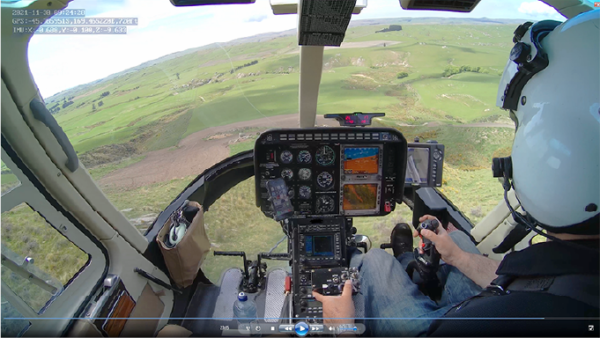

The Indian Air Force (IAF) is making strides towards modernizing its flight data recording systems by inviting the private sector to design and develop an innovative Flight Data Recorder (FDR) system that utilizes onboard cameras. This new approach aims to enhance the quality and depth of data captured during flight operations, especially in aircraft where the current FDR systems only record a limited number of parameters.
At present, many of the aircraft in the IAF’s fleet are equipped with Flight Data Recorders that log only a small range of operational parameters. While these devices serve the purpose of basic data collection, they often leave gaps during post-flight analysis due to their inability to capture the full range of operational and environmental conditions. This shortfall can hinder the thorough investigation of incidents and routine performance monitoring, limiting insights into aircraft behavior and potential maintenance issues.
Continue readingSOURCE: RAUNAK KUNDE / NEWS BEAT / IDRW.ORG


Hyundai Rotem, a key player in South Korea’s defence industry and better known globally for its affordable car range, manufactures one of the world’s most advanced main battle tanks (MBTs), the K2 Black Panther. However, despite the tank’s cutting-edge capabilities, Hyundai officials have confirmed to idrw.org that the K2 Black Panther will not be offered for the Indian Army’s tender for 1,770 Future-Ready Combat Vehicles (FRCVs), which is one of the largest MBT procurement programs in the world.
Hyundai officials did not provide specific reasons for the decision not to participate in the Indian Army’s FRCV tender, but several contributing factors can be inferred.
Continue readingSOURCE: RAUNAK KUNDE / NEWS BEAT / IDRW.ORG
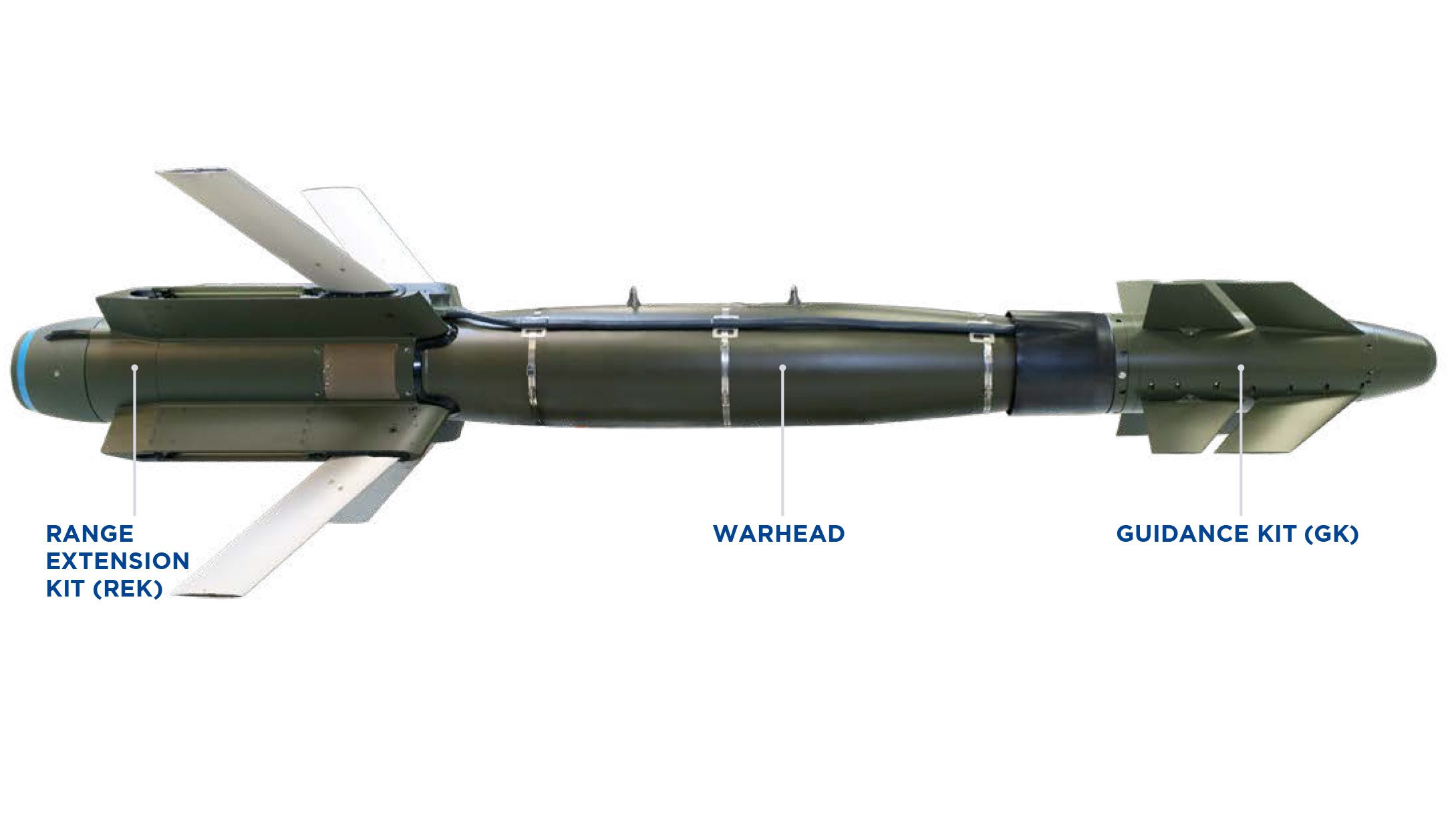

France has invited India to collaborate on the development of the next-generation Armement Air-Sol Modulaire (AASM) Hammer, a sophisticated air-to-surface stand-off weapon. The proposal was made during high-level discussions between the two countries, highlighting the deepening defence partnership.
The AASM Hammer, developed by Safran Electronics & Defense, is a versatile weapon system for close air support and deep strike missions. It boasts advanced features, including all-weather capability, smart guidance, and a high degree of modularity.
Continue readingSOURCE: RAUNAK KUNDE / NEWS BEAT / IDRW.ORG
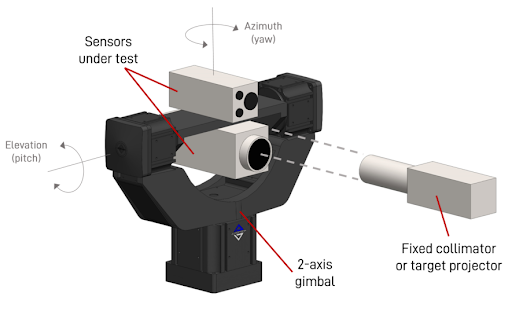

The Instrument Research & Development Establishment (IRDE), a lab under the Defence Research & Development Organization (DRDO), has taken a significant step in advancing India’s defence technology capabilities by issuing an Expression of Interest (EOI). This EOI invites Indian industries to propose the establishment of an Infrared Scene Generation and Projection System-based Hardware-in-the-loop (HIL) Test Facility for testing and evaluating advanced Electro-Optical (EO) Sensors.
The IRDE’s initiative aims to pre-qualify Indian industries based on their technical capabilities, with responses evaluated by a Technical Assessment Committee (TAC). Following this, a Request for Proposal (RFP) will be issued to shortlisted firms through Limited Bidding Mode (LBM), and the final selection will be based on the lowest bid (L1) criteria, subject to fulfilment of all techno-commercial conditions of the RFP.
Continue readingSOURCE: IDRW.ORG.
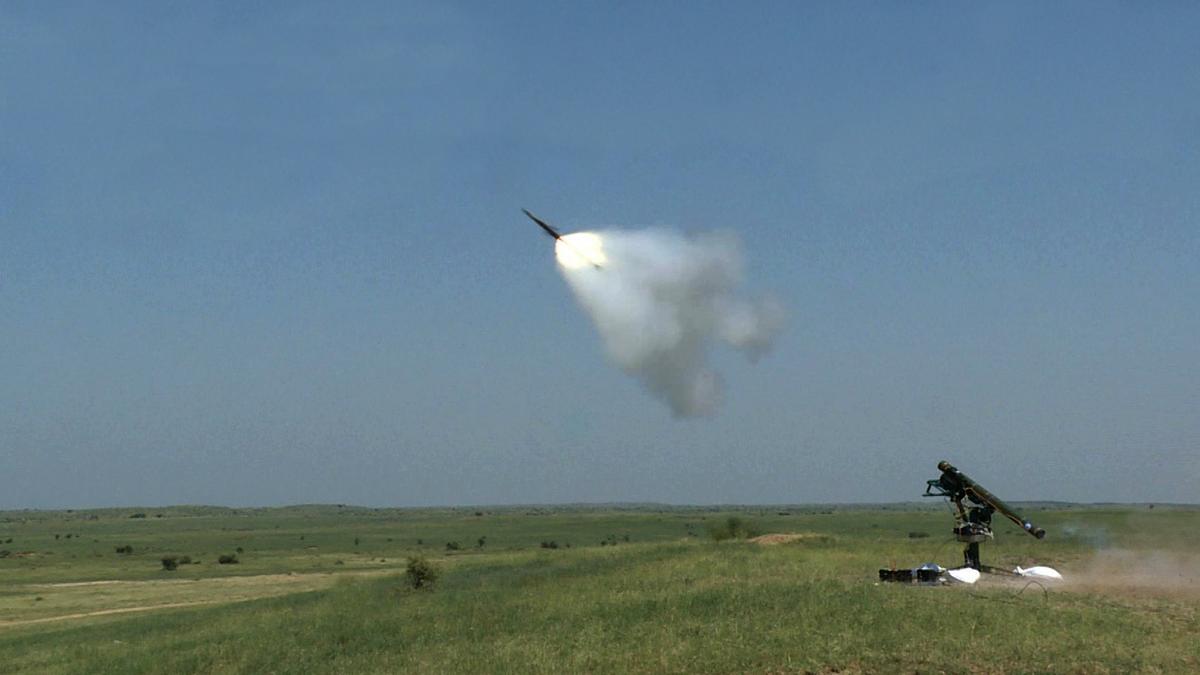

The Defence Research and Development Organisation (DRDO) on Saturday successfully completed the development trials of its indigenously developed 4th Generation Very Short Range Air Defence System (VSHORAD). Conducted at the Pokhran Field Firing Ranges in Rajasthan, the trials saw three consecutive successful flight tests, marking a major milestone for India’s air defense capabilities.
The VSHORAD system, designed as a miniaturized man-portable air defense system (MANPADS), is the latest addition to India’s growing inventory of indigenous defense technologies. This 4th Generation missile system is developed to provide mobile, short-range air defense against aerial threats such as fighter jets, helicopters, drones, and unmanned aerial vehicles (UAVs). DRDO’s achievement reflects its commitment to enhancing India’s defense self-reliance, aligning with the government’s Aatmanirbhar Bharat initiative.
Continue readingSOURCE: IDRW.ORG


Military drones have become a game-changer in modern warfare, fundamentally altering battlefield dynamics. From the Nagorno-Karabakh conflict to the Syrian Civil War and the ongoing Russia-Ukraine tensions, these unmanned aerial vehicles (UAVs) are indispensable tools in shaping the future of war. This trend highlights a significant gap in India’s military capabilities.
Despite being a major world and regional power, India currently lags behind many countries, including smaller ones, in terms of drone technology. A recent report by idrw.org estimates India possesses only around 625 UAVs and drones, with the majority being the 2019-introduced Spylite model. While India acquired 10 Heron 1 drones from Israel, its entire current fleet relies on Israeli technology.
Continue readingSOURCE: RAUNAK KUNDE / NEWS BEAT / IDRW.ORG


The supply of 99 F-404 engines by GE Aerospace to Hindustan Aeronautics Limited (HAL) under a 2021 contract has experienced significant delays, with deliveries postponed by nearly 10 months. Despite provisions in the contract that allow for financial penalties due to delayed supply, HAL has decided not to enforce these penalties on GE Aerospace. Sources close to the program have indicated idrw.org that the strategic nature of the project, combined with the necessity for continued collaboration with GE for future engine procurement, influenced this decision.
GE Aerospace has not yet delivered any of the F-404 engines meant for the Indian Air Force’s Tejas Mk1A program. However, the company is set to begin deliveries from this month and has committed to accelerating the delivery schedule over the next few months. By 2026, production is expected to ramp up significantly to meet the growing demands of the Tejas Mk1A and the upcoming Tejas MkII program.
Continue readingSOURCE: RAUNAK KUNDE / NEWS BEAT / IDRW.ORG


The Indian Air Force (IAF) is reigniting its quest for mid-air refuelling (MAR) platforms, aiming for a significantly larger fleet than previously envisioned. This renewed effort comes after securing approvals for the indigenous Airborne Warning and Control System (AWACS) program under the Netra Mk1A, MkII, and MkIII variants.
Previously, the IAF sought to acquire six mid-air refuelers. However, the current plan seeks to double that number, bringing the total fleet to 18. This expansion will bolster the IAF’s ability to extend the operational range and flexibility of its fighter jets, particularly crucial in a multi-front scenario.
Continue readingSOURCE: RAUNAK KUNDE / NEWS BEAT / IDRW.ORG
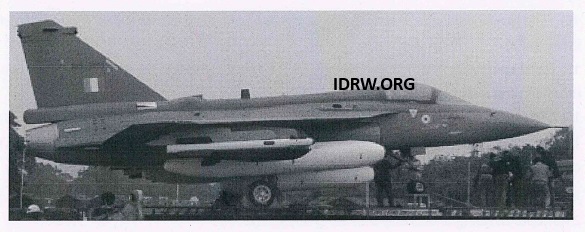

The Aeronautical Development Agency (ADA) has issued a tender for the refurbishment of the LCA Tejas Technology Demonstrator 2 (TD2), which was the second aircraft in the Tejas Light Combat Aircraft (LCA) program’s technology demonstration phase.
The TD2 aircraft, after being stripped of its operational components and systems, now weighs around 6 tons and is slated to be used as a static display on a raised platform at the ORANGE Facility at the Research Centre Imarat (RCI) in Hyderabad. This facility is renowned for its Outdoor Radar Cross Section (RCS) testing capabilities, serving as a test facility for various aircraft and Unmanned Aerial Vehicles (UAVs).
Continue reading